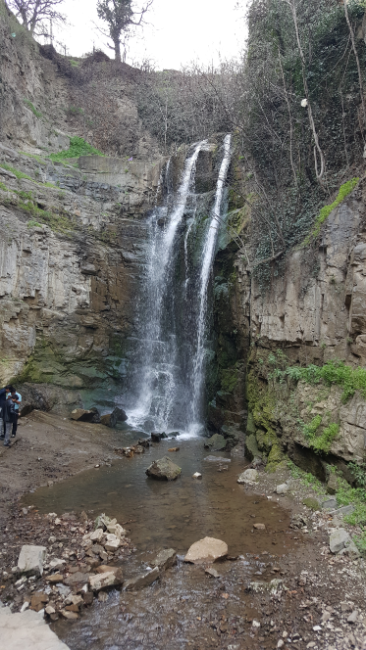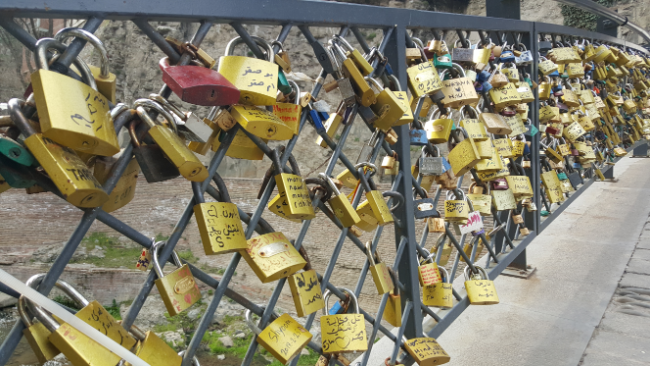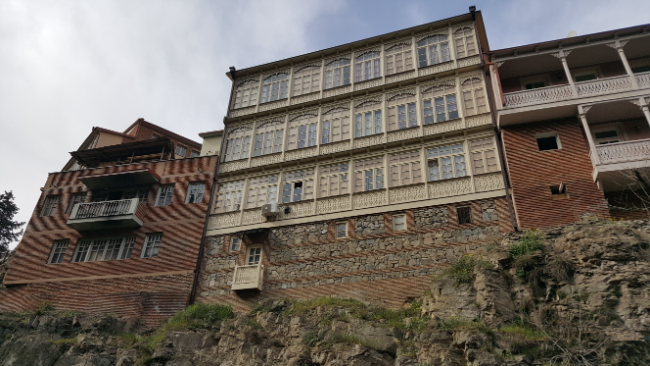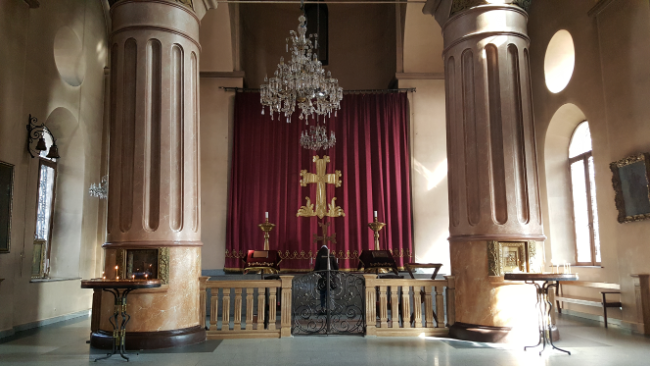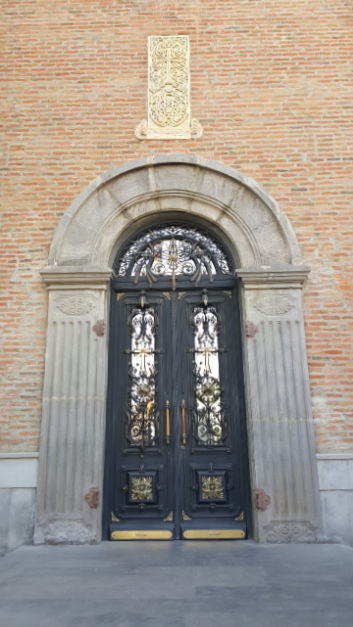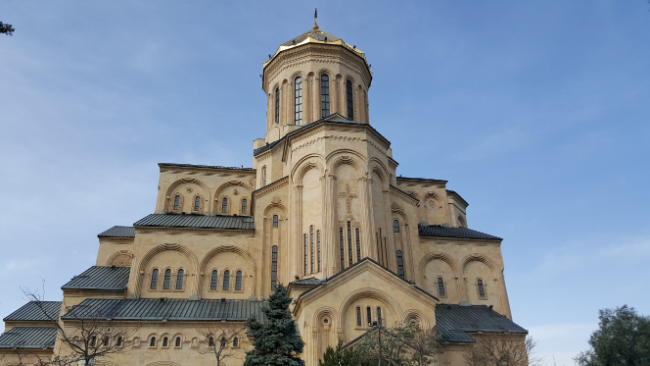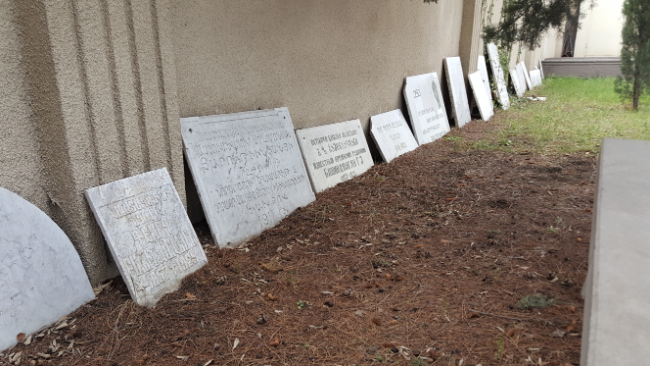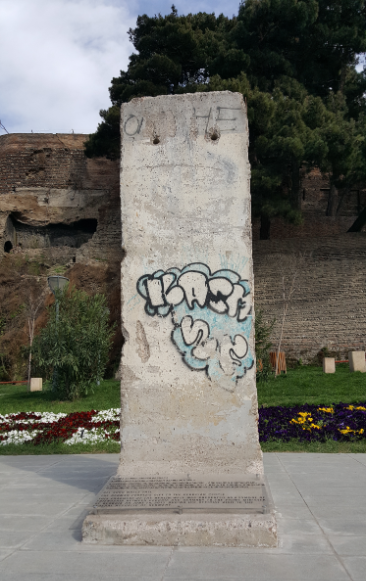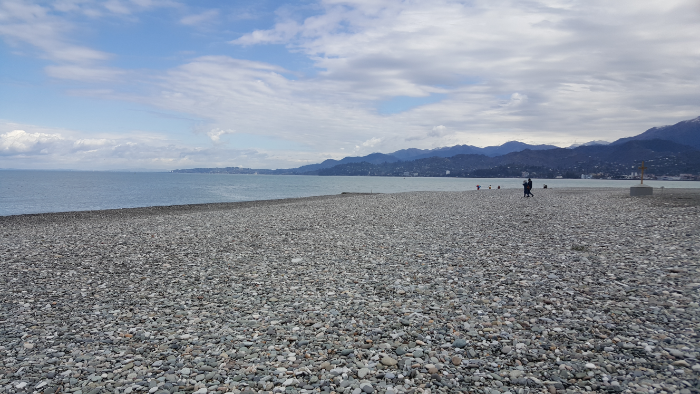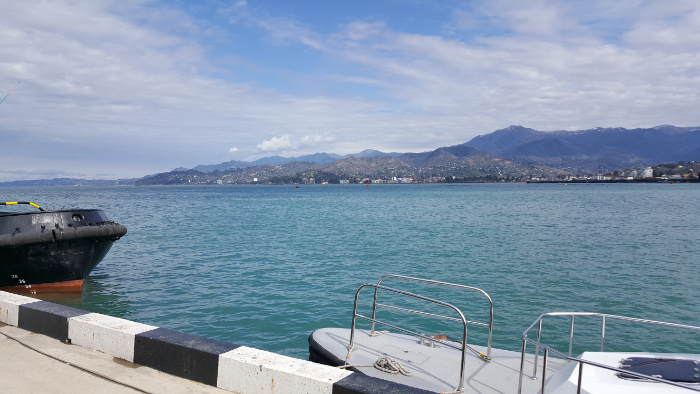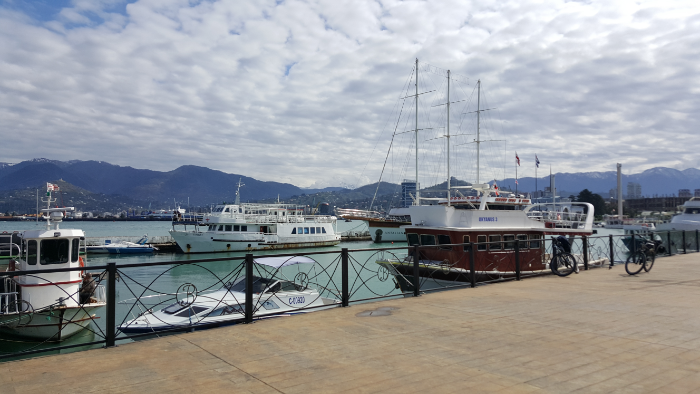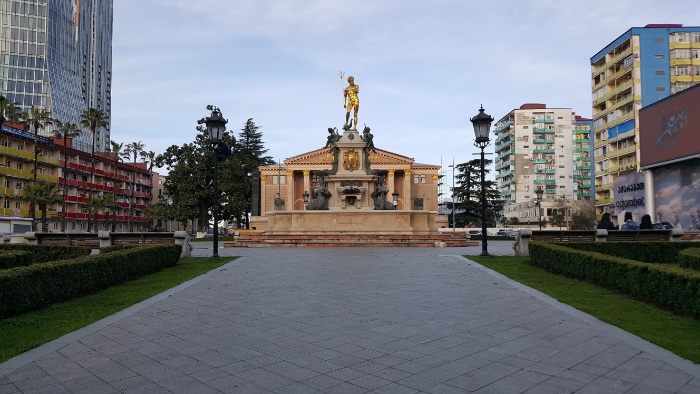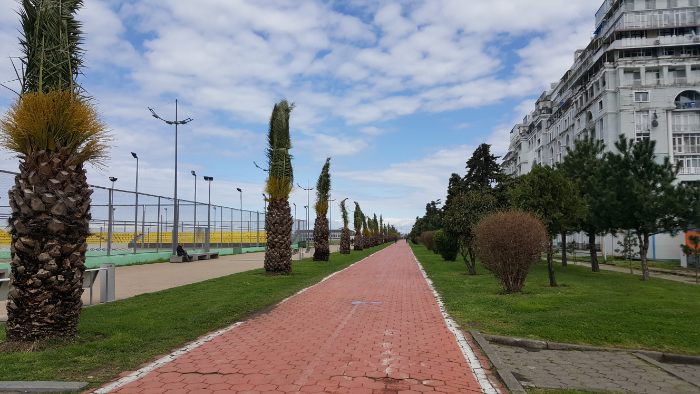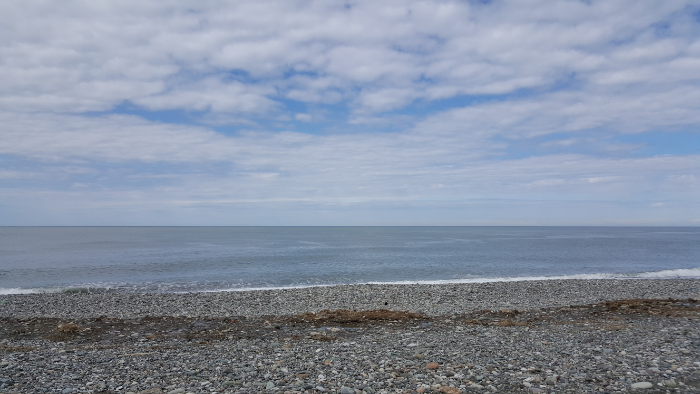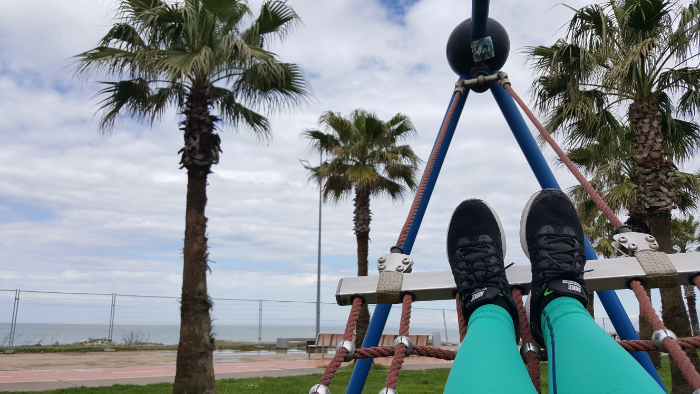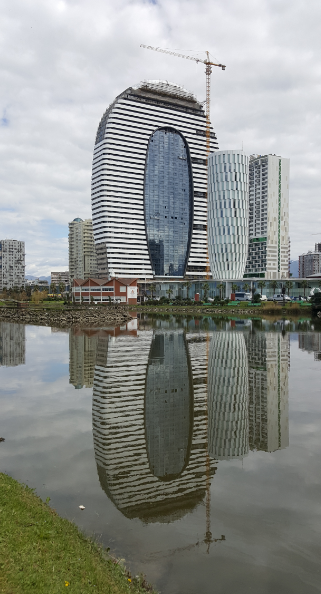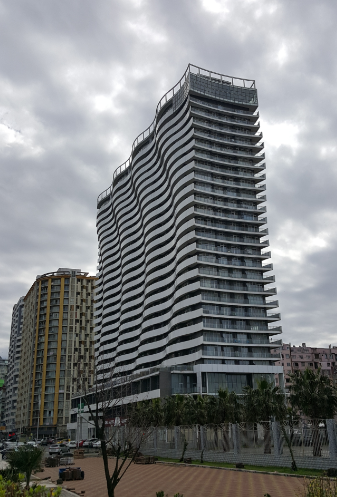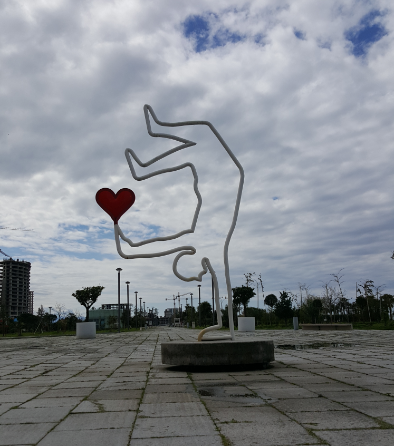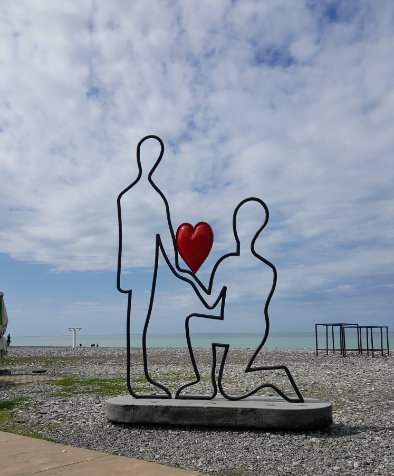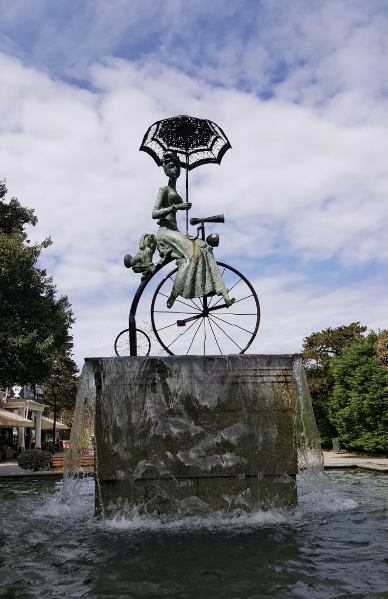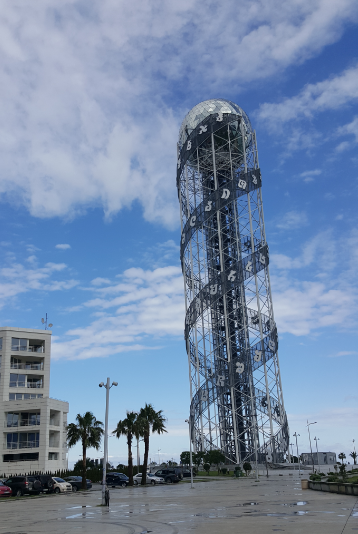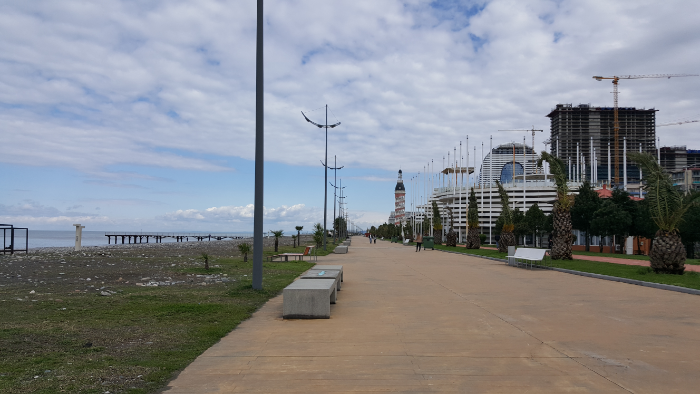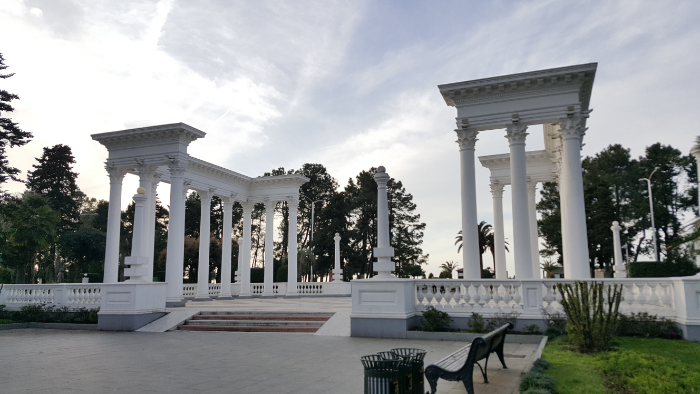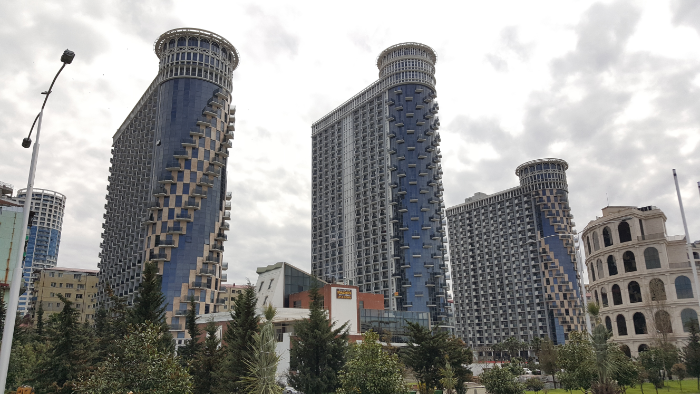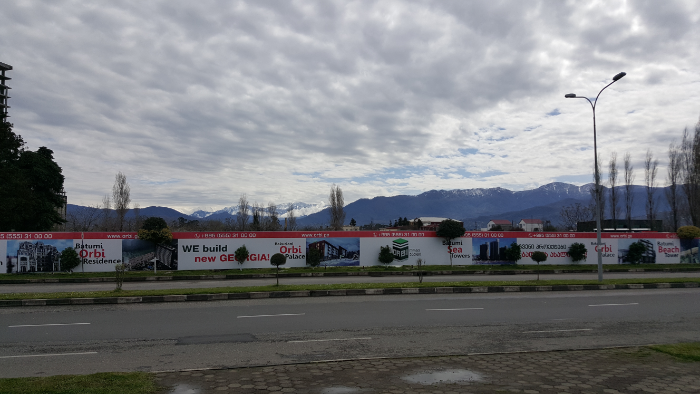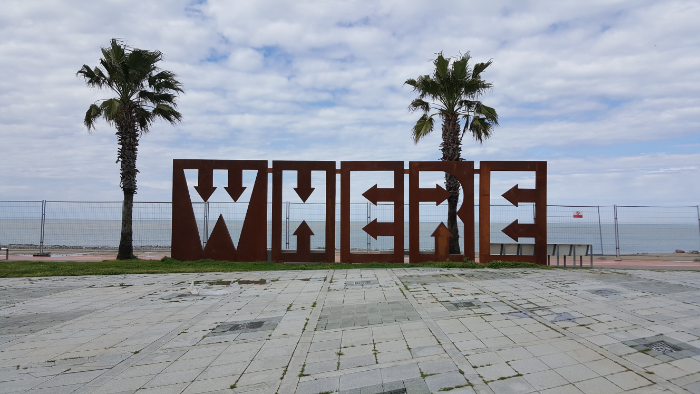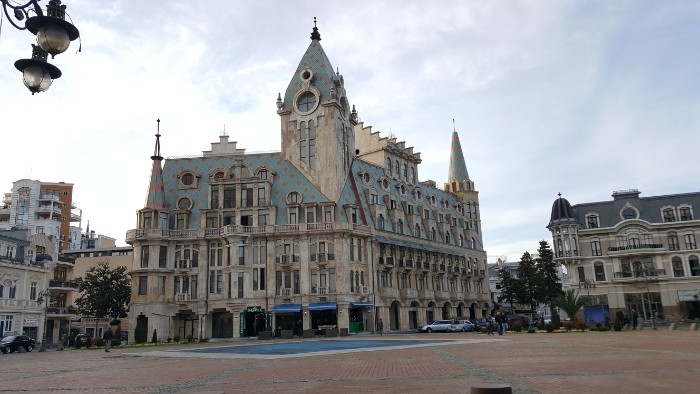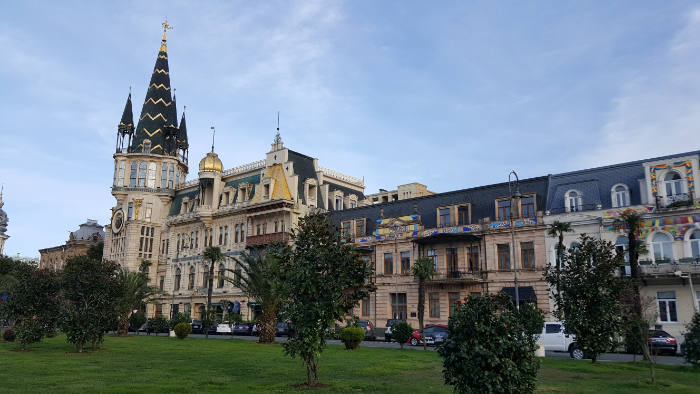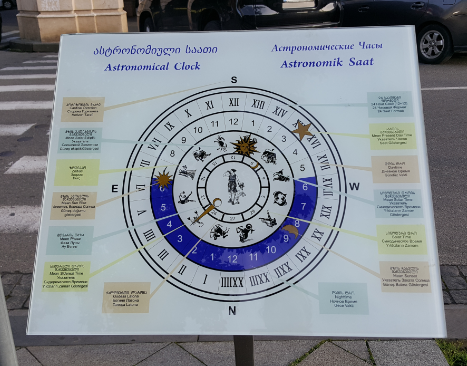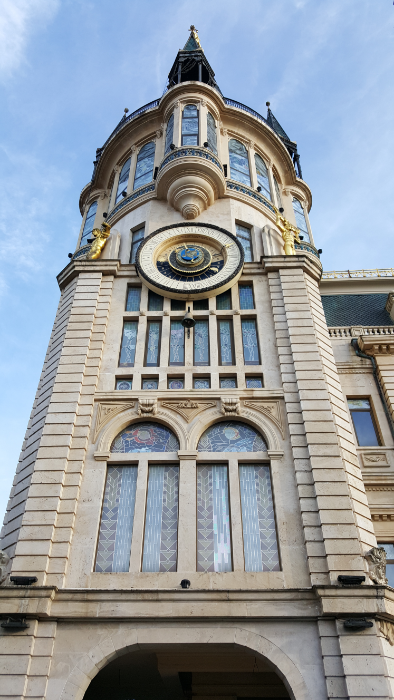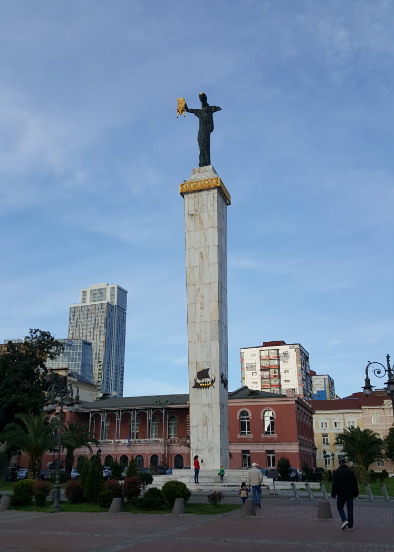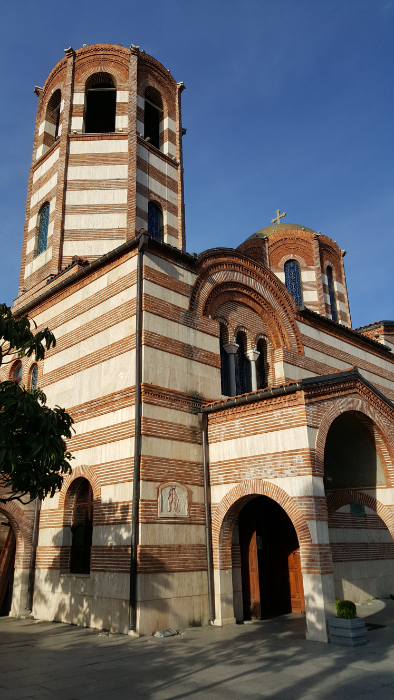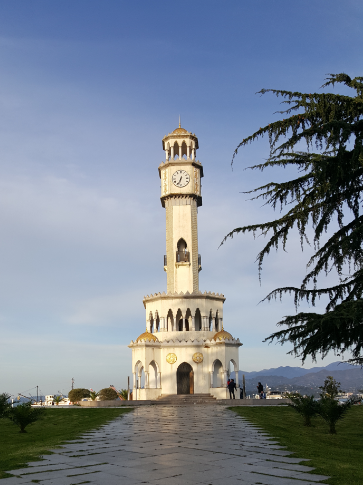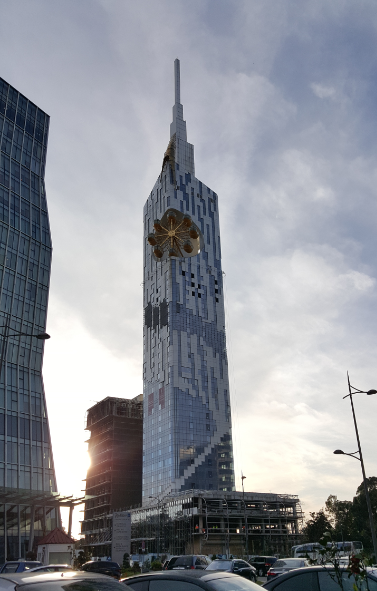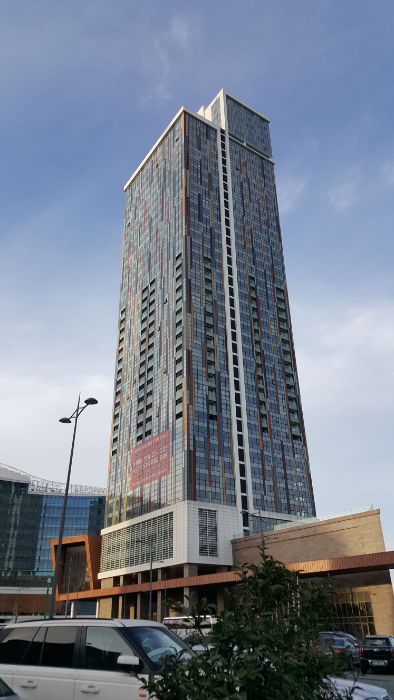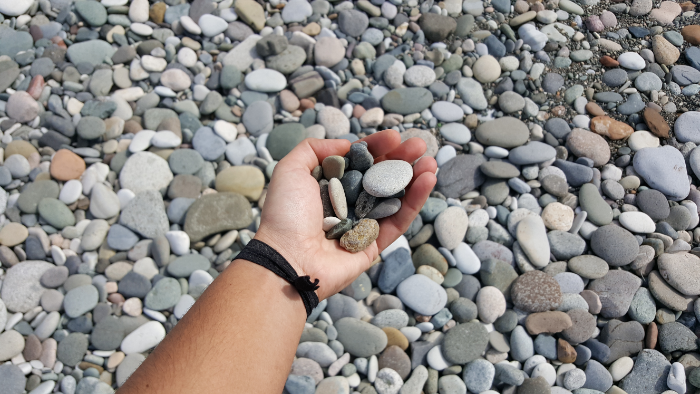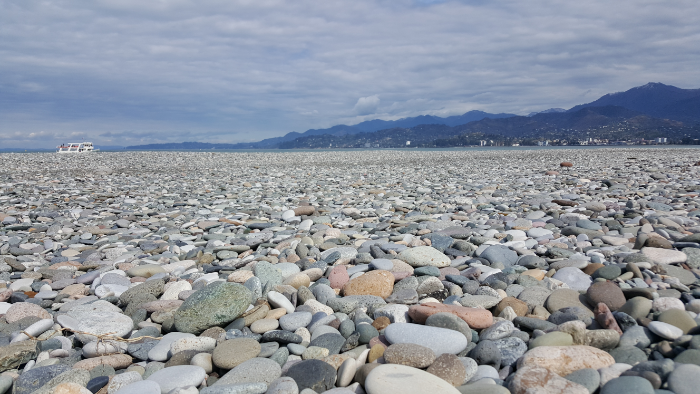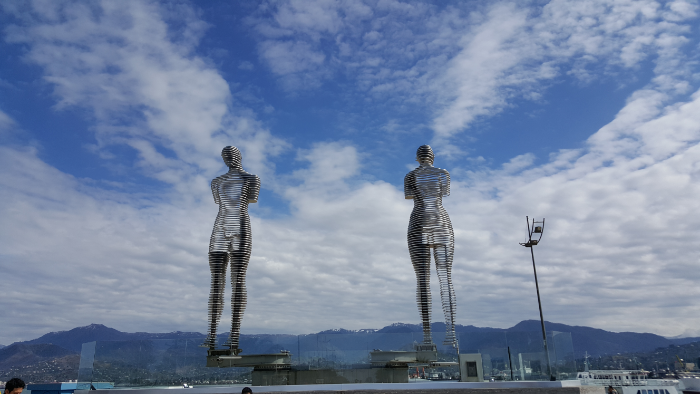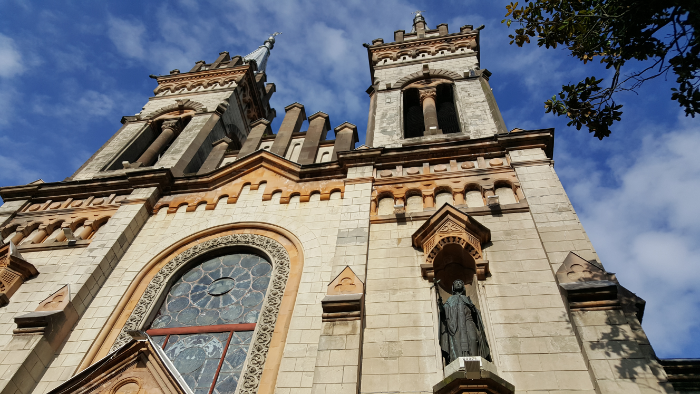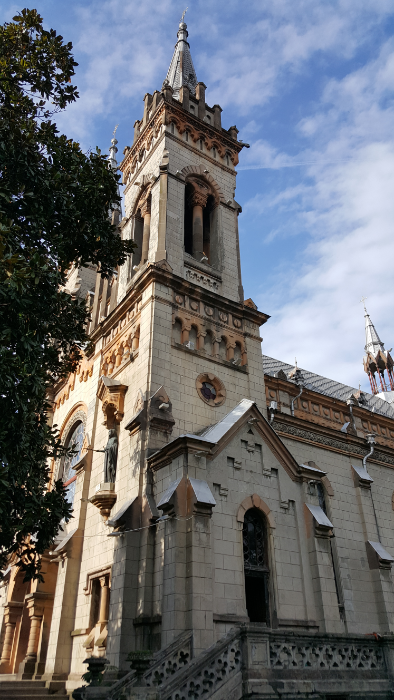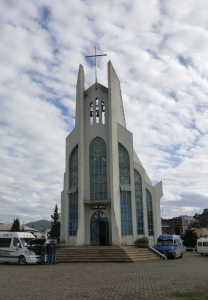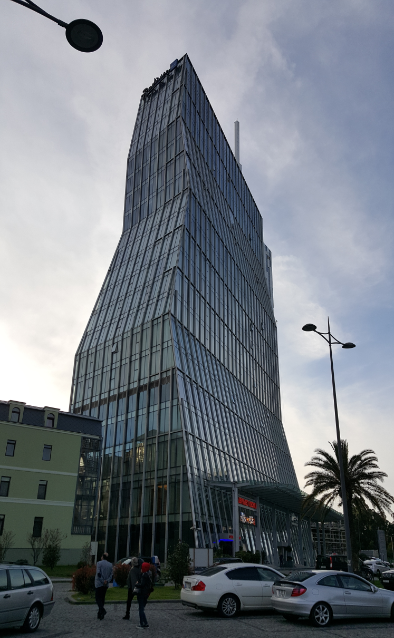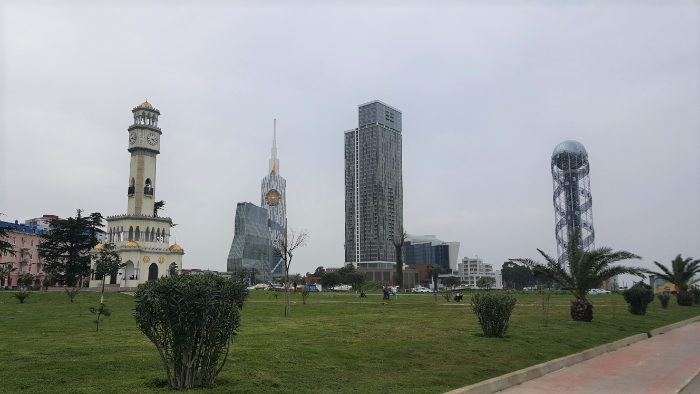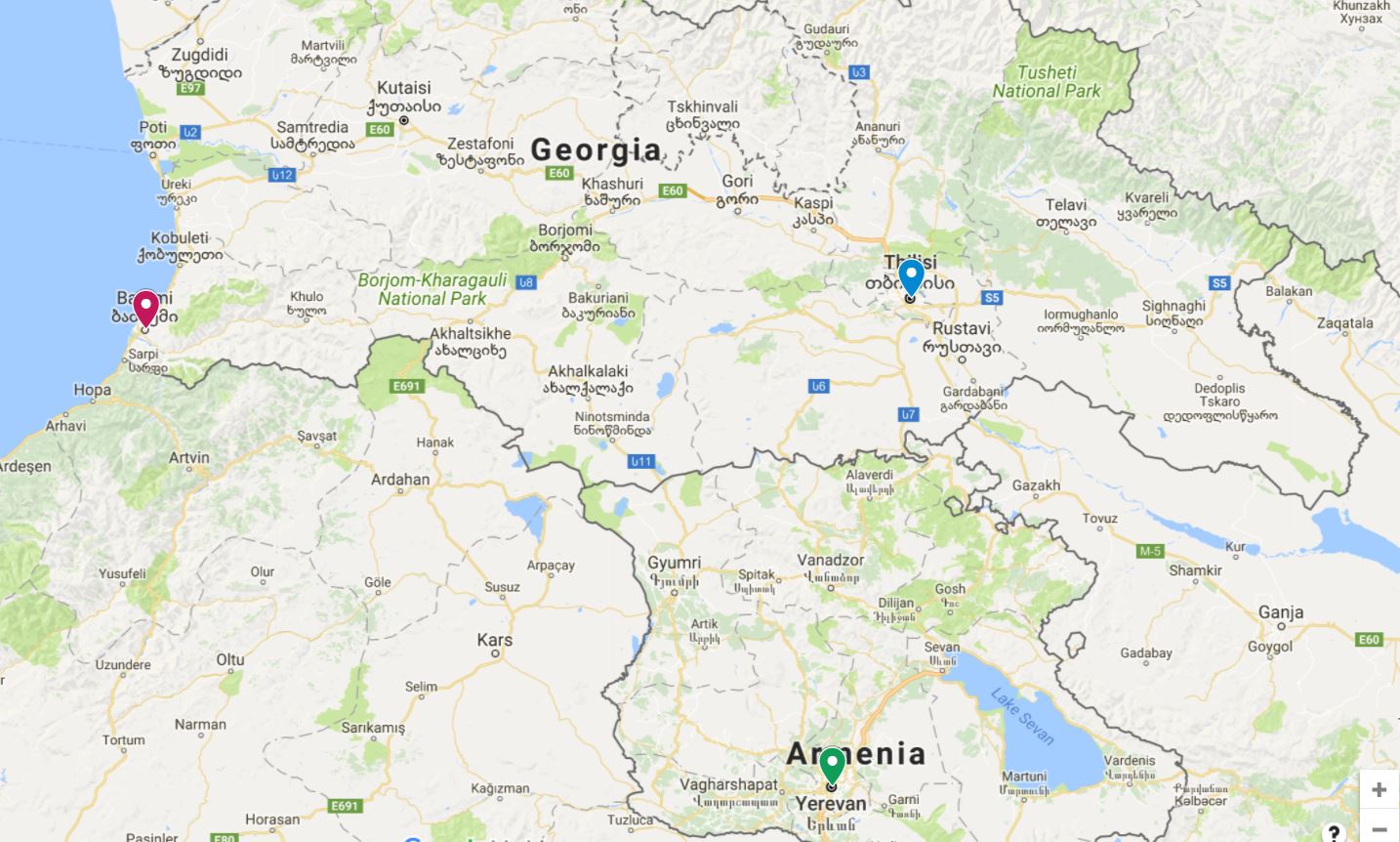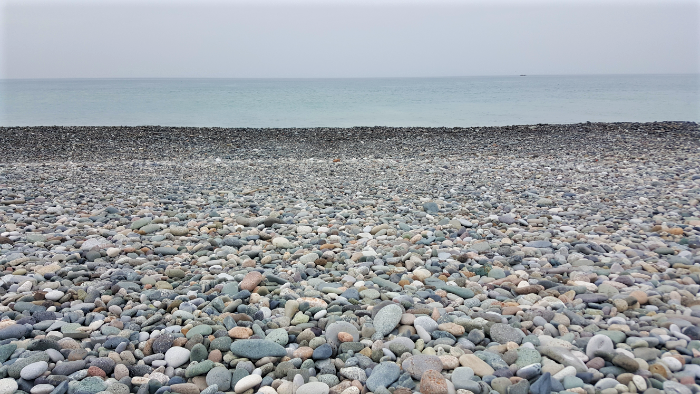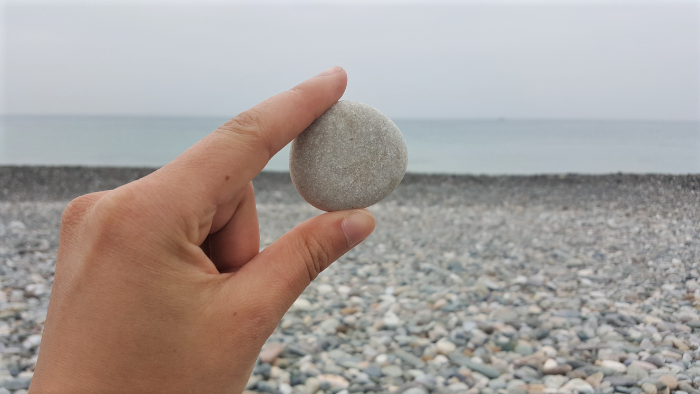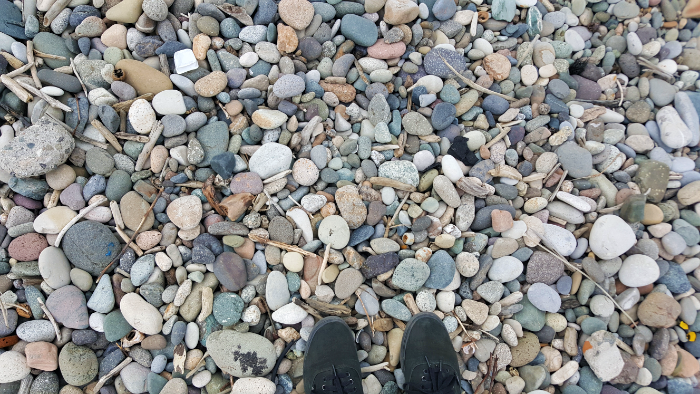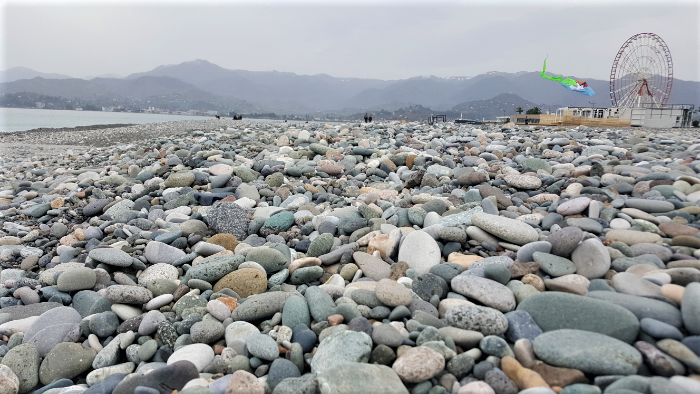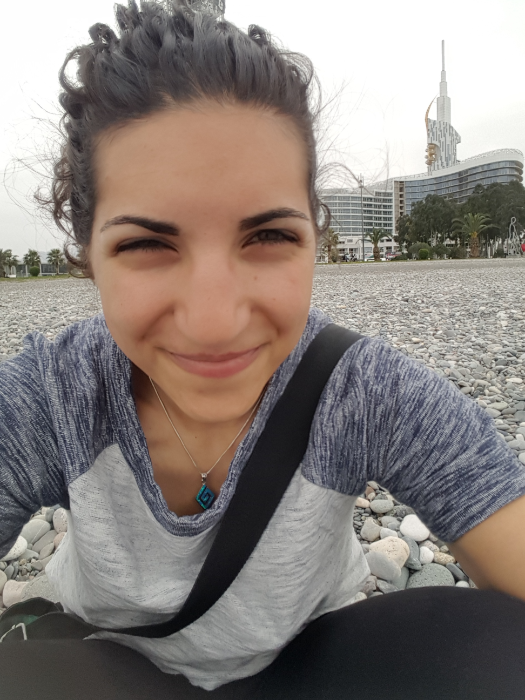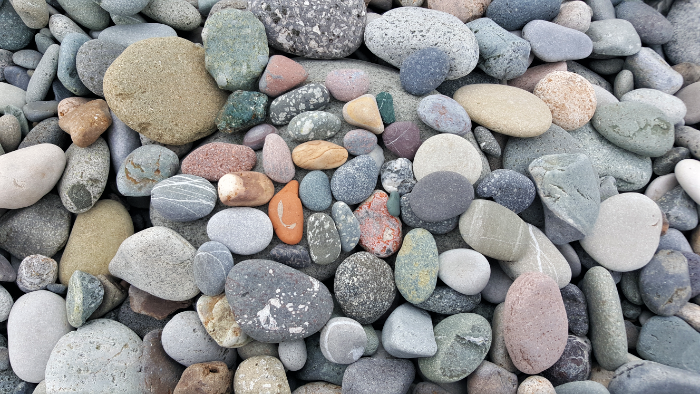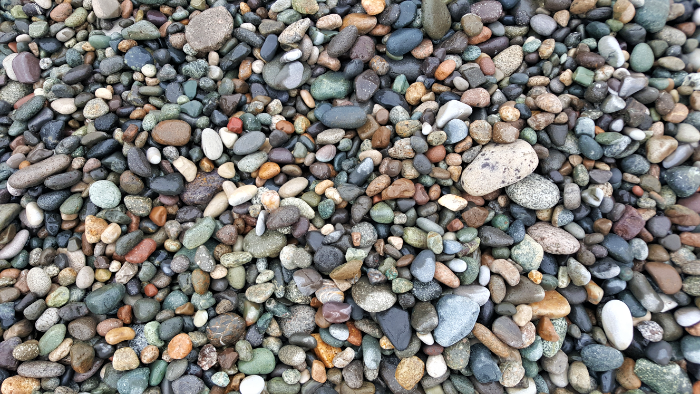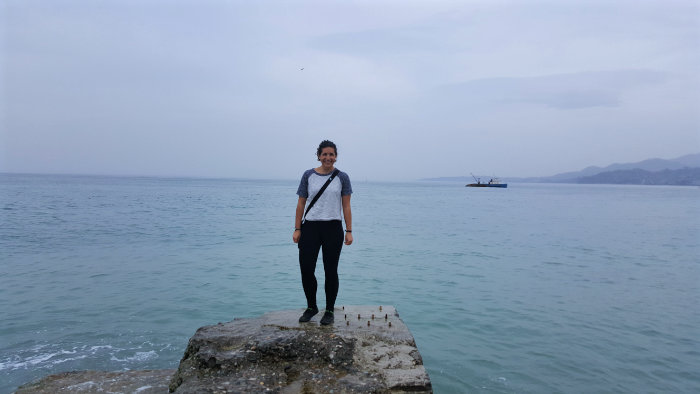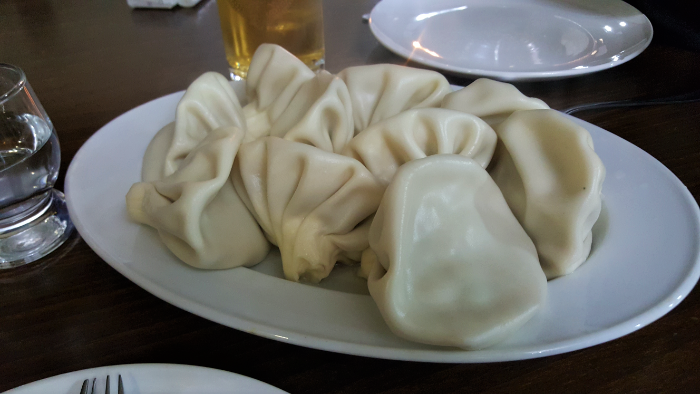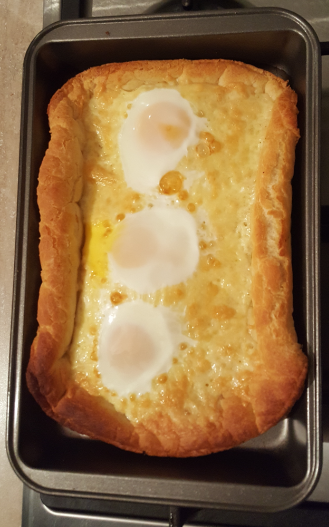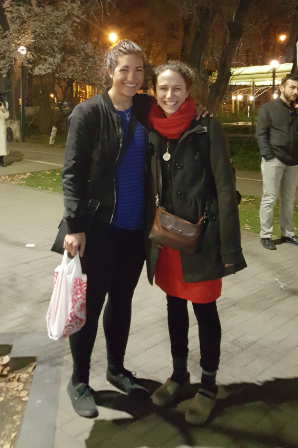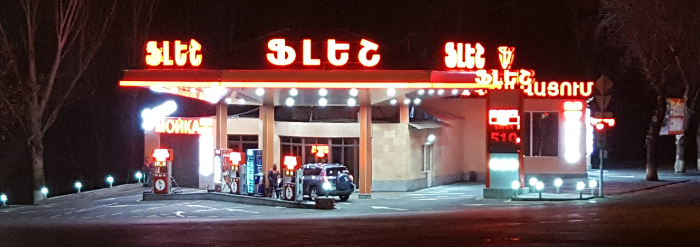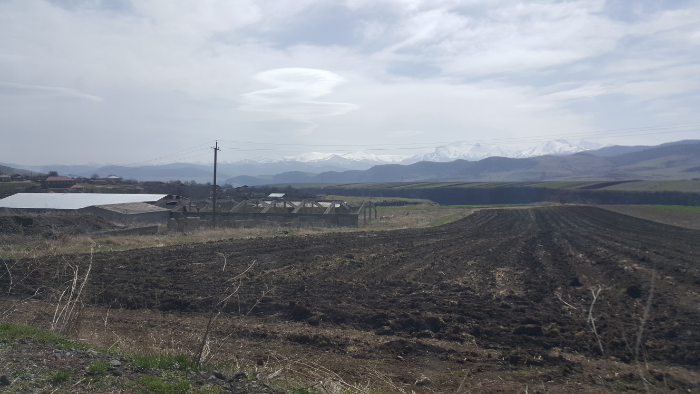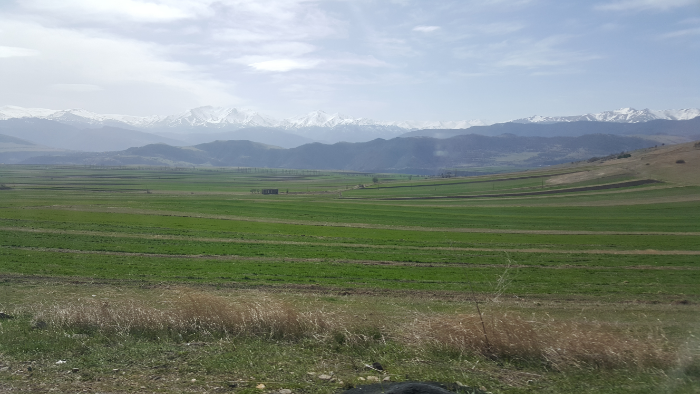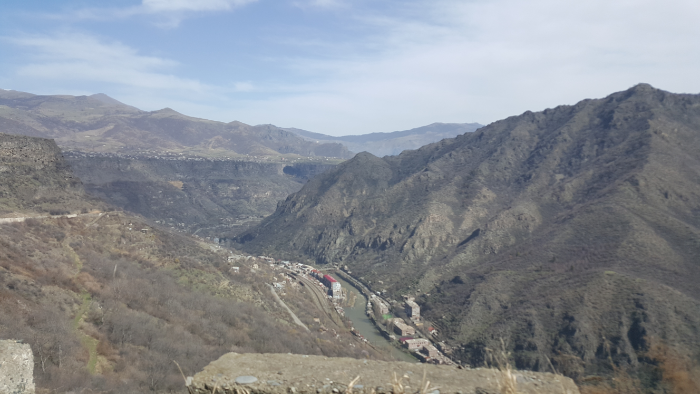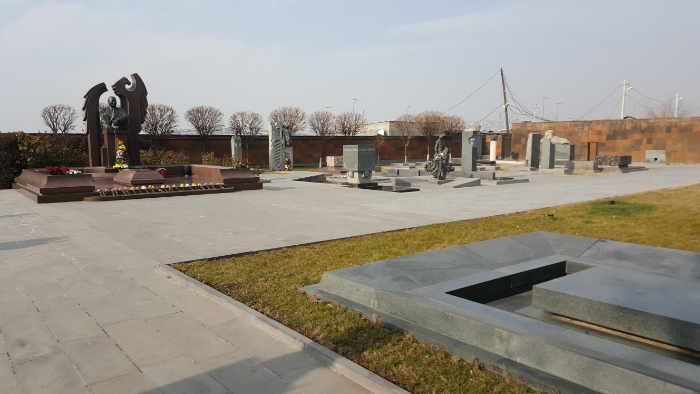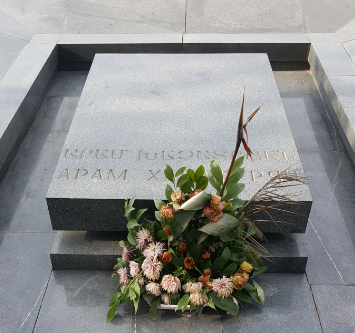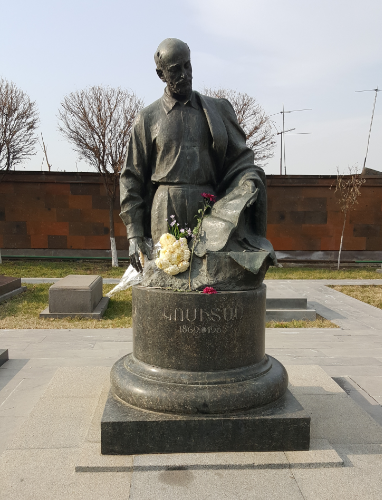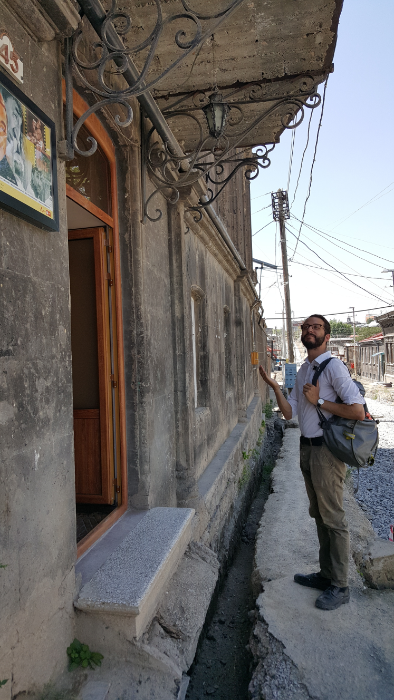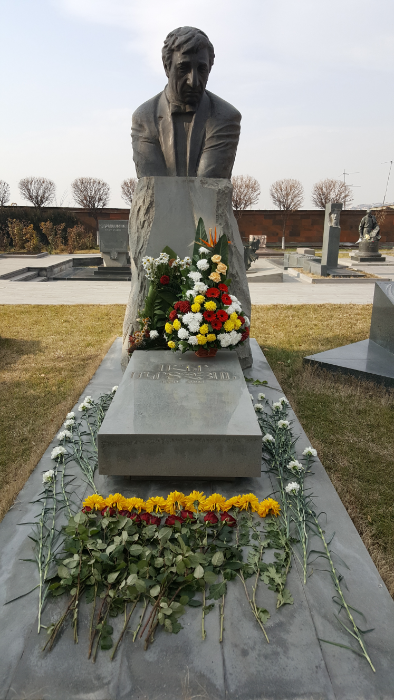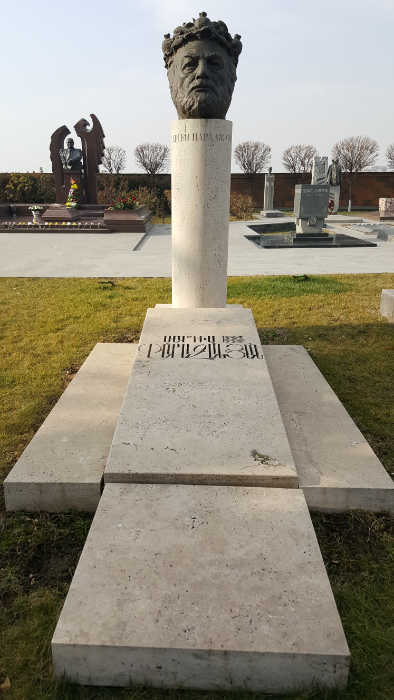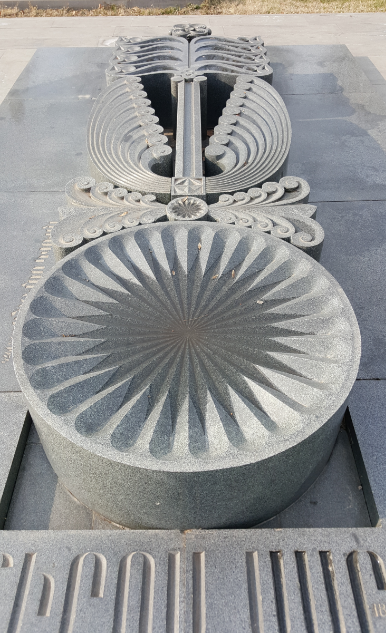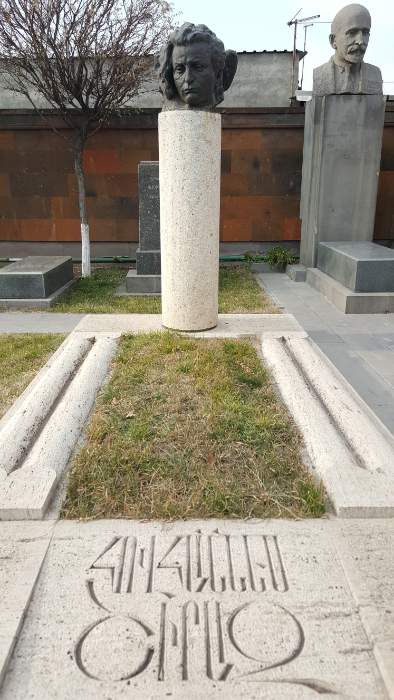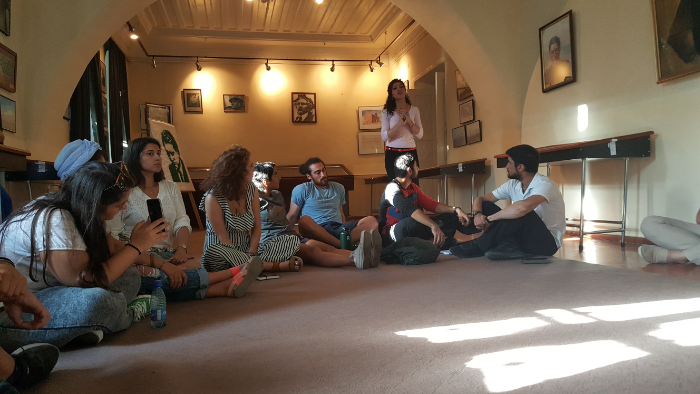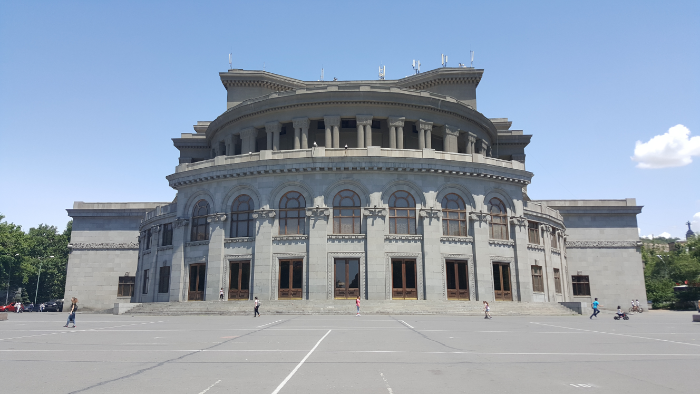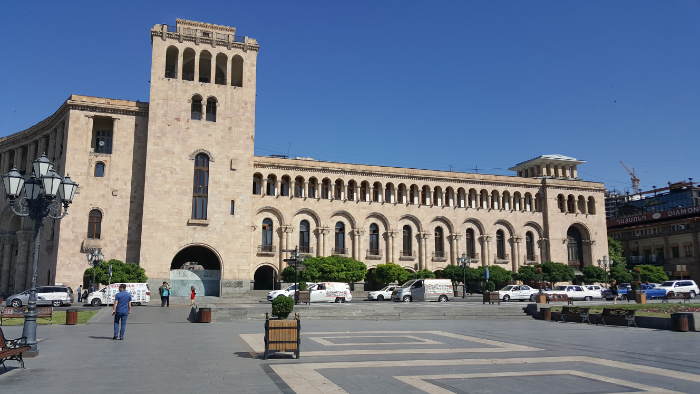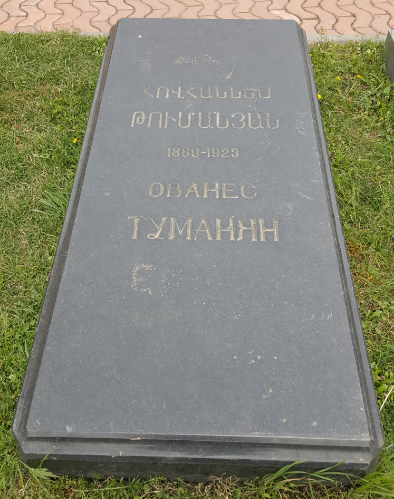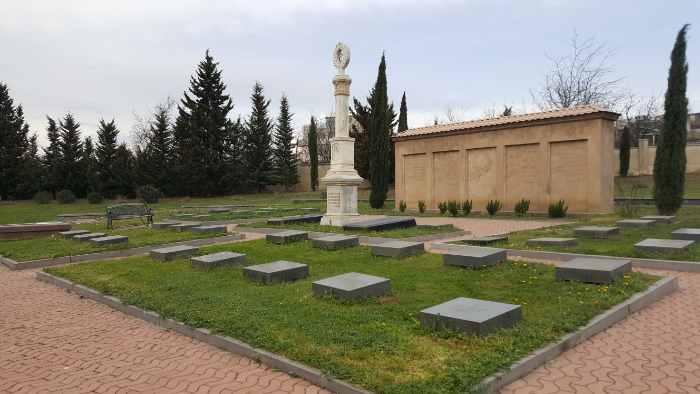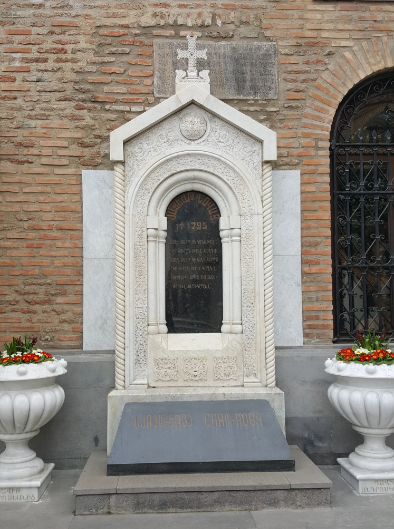Welcome to Istanbul!! I know, you were probably wondering if we were ever going to manage to leave Georgia, but we did it!
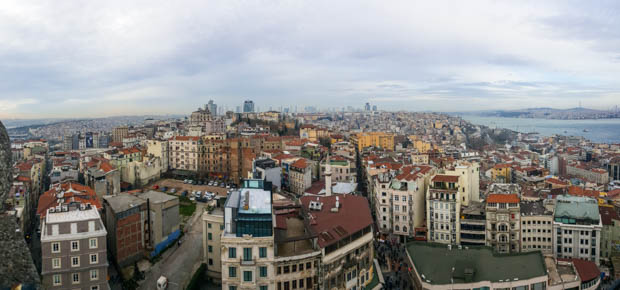
My flight landed in Istanbul after a solid 3 hours in the air… during which I was completely comatose, but it apparently didn’t make a difference because I was still exhausted when we landed. I hate feeling groggy while going through immigration and customs, but sometimes there’s only so much you can control. Before leaving the airport and attempting to navigate the long journey to my hostel, I tried to smack myself awake and pull it together the best I could (never underestimate the power of a quick face washing/tooth brushing in the airport bathroom).
From the airport, I had to take three modes of transportation. This trek was completely the result of my trying to spend as little money as possible. There are two airports in Istanbul, one on the Asia side of the city and one on the Europe side. I was staying on the Europe side, but I flew into Asia because it was way cheaper. Then, I could have gotten a pick up or a taxi from the airport, but I’m not made of money! And the less I spend, the longer I can take coming home… hehe just kidding (Mom, I’m just kidding. I promise!). Anyway, all of this led to three modes of transport: shuttle bus, funicular, and tram.
The shuttle was the longest leg of the journey, about 45 minutes, and I slept from the moment I sat down. That’s great, except then when we got to the end stop, I was completely disoriented and had no idea which way I needed to go. And it was raining, of course. I marched off confidently in some random direction until I could get oriented… at which point I turned around and marched off in the exact opposite direction. My approach to walking around strange cities: Always look like you know exactly where you’re going and what you’re doing, even if you haven’t a clue.
Long story short, I figured out where I needed to go, how to buy a transit card, etc. with my eyes at least 50% closed, and when I got to the hostel, they showed me where to drop my bags (since I was there about 6 hours before check-in) and told me to help myself to breakfast. Ah, those words were like music to my ears after spending the night eating crackers, gummies, and a variety of other travel snacks that I love but that will also lead to my slow death-by-vitamin-deficiency.
Don’t worry, I won’t bore you with the details of my breakfast (but bread and chocolate spread were obviously involved because gotta get those essential vitamins!). Instead, here are my first impressions of Istanbul (admittedly collected in more than just the hour and a half journey from the airport):
- Mosques – There are SO many, and they’re everywhere. And they’re seemingly always under construction, but I’ll talk about that later. I’ve been to other countries with a lot of mosques, but the ones in Istanbul are generally very welcoming to visitors which was a huge difference from places like Dubai, for example.
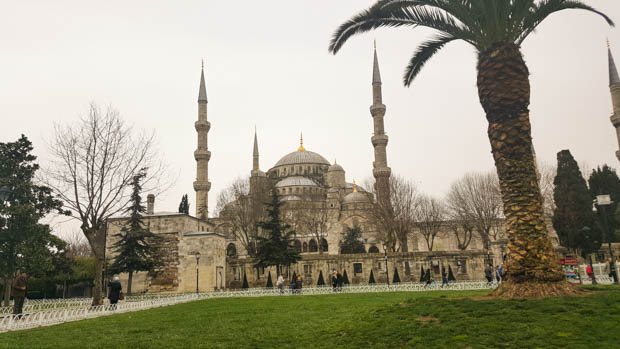
The Blue Mosque, one of many, many mosques in the city - Public transportation – It’s so good! And there are more modes of public transit than anywhere I’ve been. There are trams and funiculars and ferries and metros and trains and buses and probably spaceships too if you know where to look. And they’re all nice and clean and on-schedule and easy to navigate.
- Food – This has to be one of my favorite places, food-wise. I think I said that about Lebanon too, though, so it’s definitely a Middle-Eastern-food thing. This is the most similar to the type of food I grew up with which made me feel at home. Kind of funny because I used to hate practically all of those foods, but hey, times change. I could eat kebab and lahmajoon for every meal for the rest of my life.
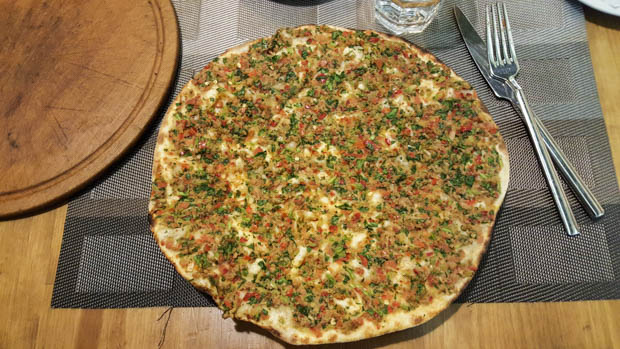
Lahmajoon 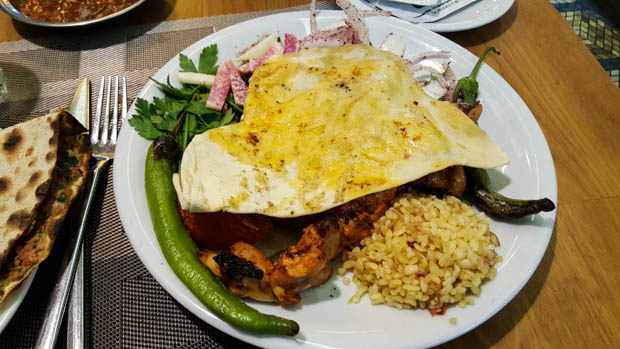
Kebab platter 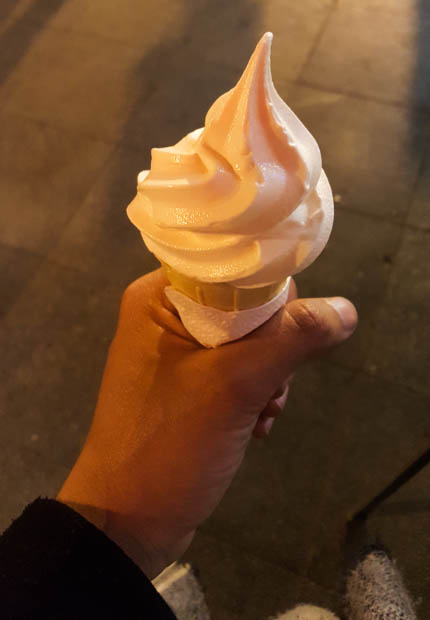
Soft serve. Yummmm - Dessert – Yes, this gets its own number, separate from food. If you don’t understand already, it’s not worth my trying to explain it. Three words. Baklava. Icecream. Turkishdelights. (Okay, I should have said five words.) I usually don’t like baklava but there were a few fantastic baklava moments that happened. It’s very hard to disappoint me with ice cream, so the fact that it even exists puts it on the list. Turkish delights aren’t my personal favorite to eat, but they’re high on the list of my favorite desserts to look at.
- Nuts – This deserves its own number too. So much love for nuts. They’re everywhere and in EVERYTHING. Chocolate, Turkish delights, every other dessert whose names I don’t know. It’s almost impressive how many different ways they manage to use the same ingredient.
- Flags – There. Are. Turkish. Flags. EVERYWHERE. Honestly, it’s a little weird. Someone tried to tell me that there are a lot of flags around in the States, but this is like the U.S. on Independence Day x 100000.
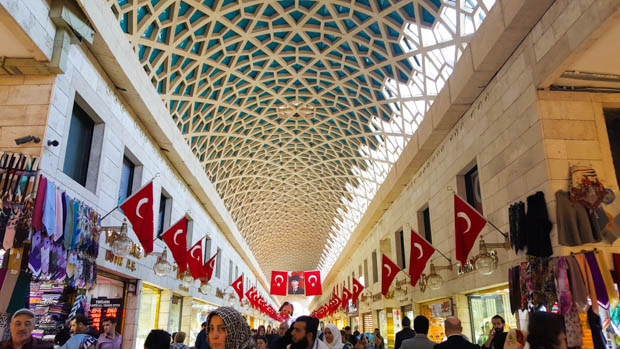
Flags. Everywhere. - Flowers – I’m sure this is partly just a spring thing, but also landscaping. I have never seen SO many flowers and so many impeccably landscaped parks. I was completely obsessed because what’s better than flowers and parks? But it definitely takes a huge amount of work and maintenance for them to look like that. It’s amazing!

Check out this park… 
They’re winning the landscape game 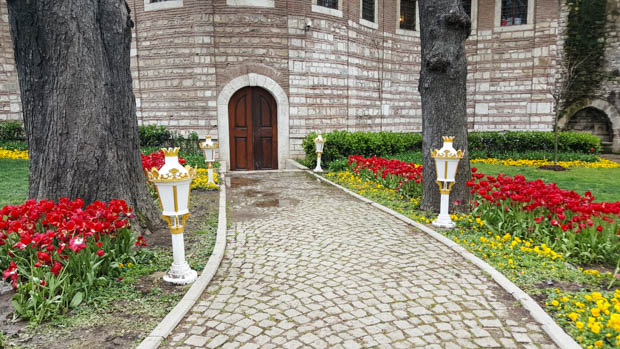
This just looks so magical 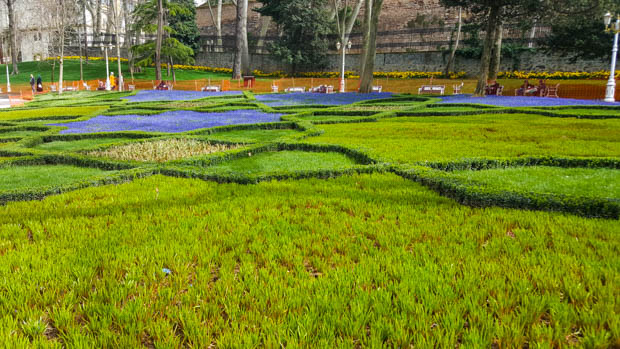
Whatttt 
Apple tea, my new true love. There’s even a cinnamon stick in the bottom of this one! - Tea – In general, I hate tea. I think it tastes like something that could maybe be good if it wasn’t so watered-down. Also, most typical flavors are kind of eh. In Istanbul, tea is a big thing, and I LOVED it. This is a significant statement coming from me. Apple tea is like <3 <3 <3. There are no words. It’s like drinking warm apple juice but better. And there’s definitely a pile of sugar in it, so that doesn’t hurt. I had some delicious pomegranate tea too, and I don’t even like pomegranates! Summary: they know what they’re doing when it comes to tea.
- Water – There’s nothing better than a city with a nice river… except for a city with an estuary and a strait AND a sea. You can take ferries like buses!
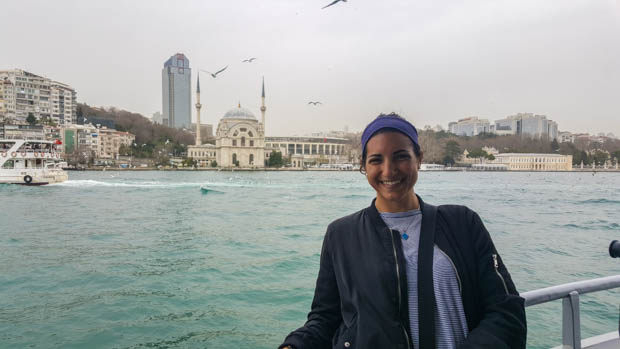
On the water! On a boat! 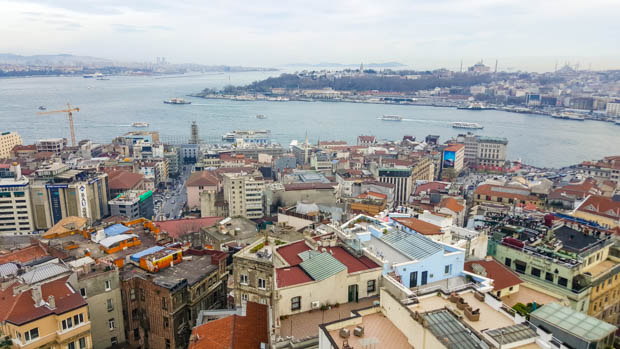
The estuary is coming in from the right, the Bosphorus Strait is on the left, and the Sea of Marmara is out in the distance - History – Istanbul is an old and complicated place, and you can see it. There are old churches that were turned into mosques, palaces, the ruins of Roman aqueducts and city walls… the city oozes history.
I also quickly noticed that my chameleon suit worked very well there (that’s how I’ve started to think of my somewhat ethnically ambiguous appearance… often, it’s like I’m a chameleon that can kind of blend in, or at the very least can keep from standing out). I got a lot of, “You’re Turkish, right?” Thank you, chameleon suit. Which brings us to #11…
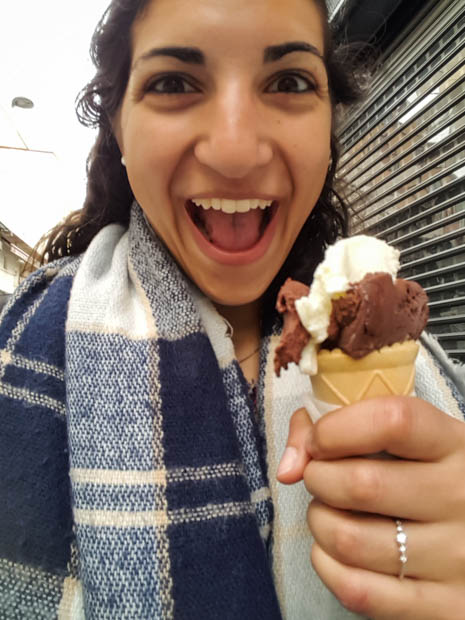
Also note my fake engagement ring. Hehe.
- Men – Aside from Ghana, this is probably the place where men have been the most forward on the street. In Armenia, other people had issues with this, but I walked around ignoring everyone, so I was generally left alone. I tried to apply my ignore strategy in Istanbul, and that just led to follow up questions about why I was ignoring them and promises that they were of good character (claims which, I would argue, were negated by the fact that they were disregarding my clear disinterest in talking to them). UGH. After about two days of it, I got so annoyed that I went and bought a fake engagement ring to wear when walking around alone. I don’t know if it made a difference, but at least it gave me a very easy “out” if someone tried talking to me, “Oh sorry, I have to go. I’m on my way to meet my husband.” I HATE having to use the “other man” shield because it’s a lie and saying “leave me alone” should be enough, but for sanity’s sake, there are some battles not worth fighting.
Okay, that’s enough for now. Get yourself excited for some history because next time, we’re going to learn alllll about just how much history Istanbul has.



